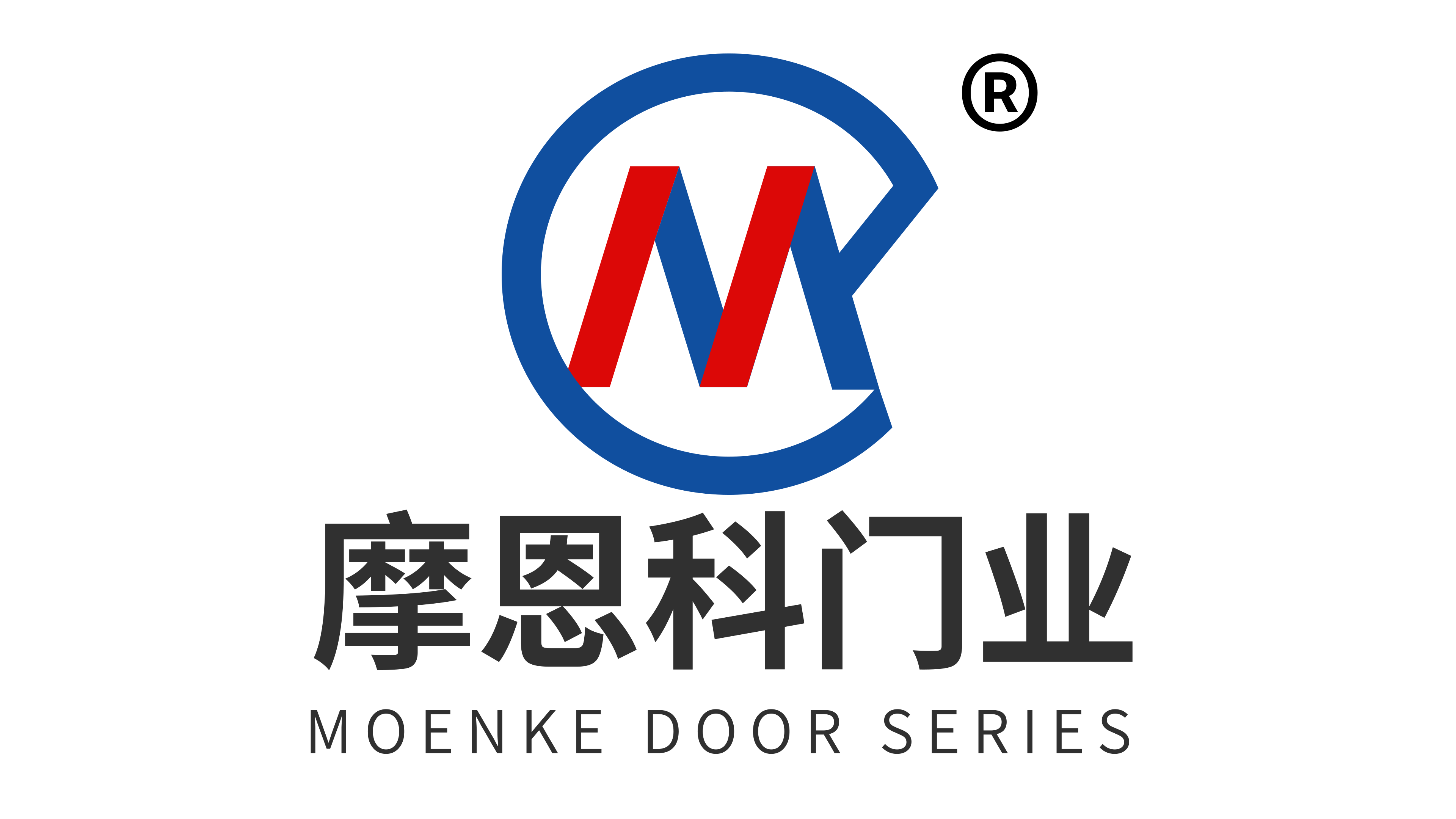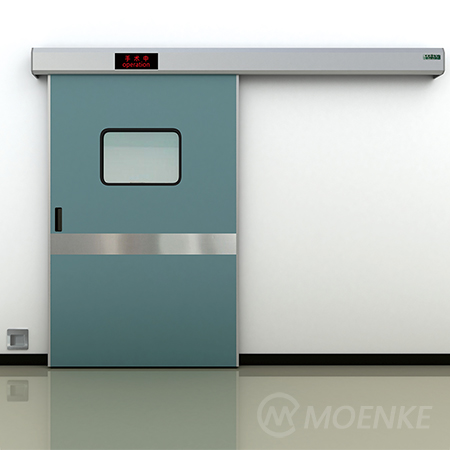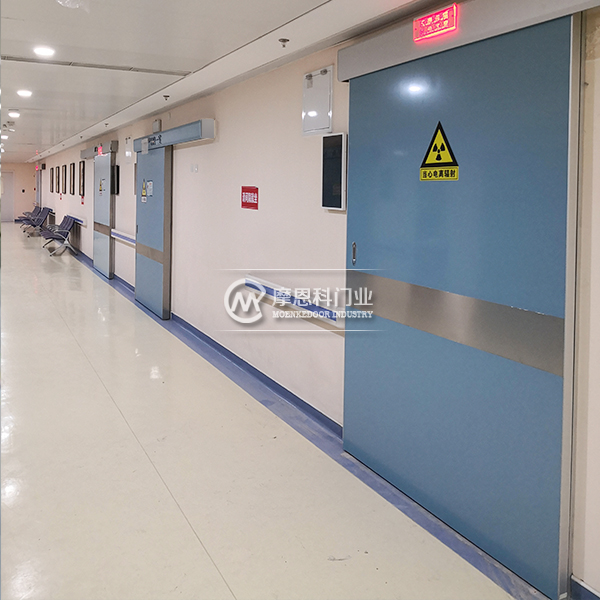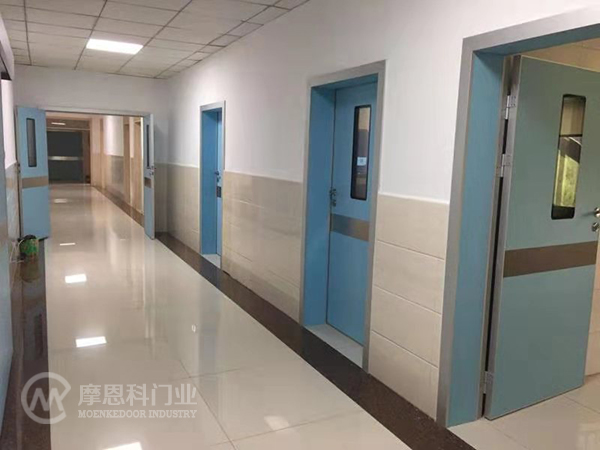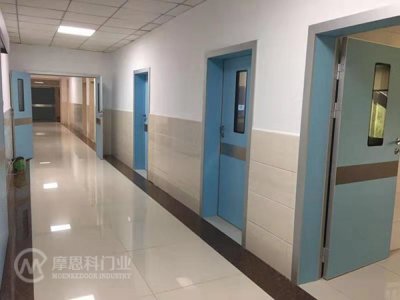After the epidemic, medical doors have been increasingly mentioned, and people's requirements for medical cleanliness are becoming higher and higher. So why is it said that medical doors are one of the indispensable categories of products in the field of healthcare. Firstly, it is a part of hospital buildings, similar to building doors that also have protective functions. Secondly, it has special purposes and performance, with excellent sealing and protection. Medical doors play a crucial role in the field of healthcare, ensuring the operation of hospitals and the medical and health issues of patients. Let's now provide a detailed introduction to the relevant knowledge of medical doors.
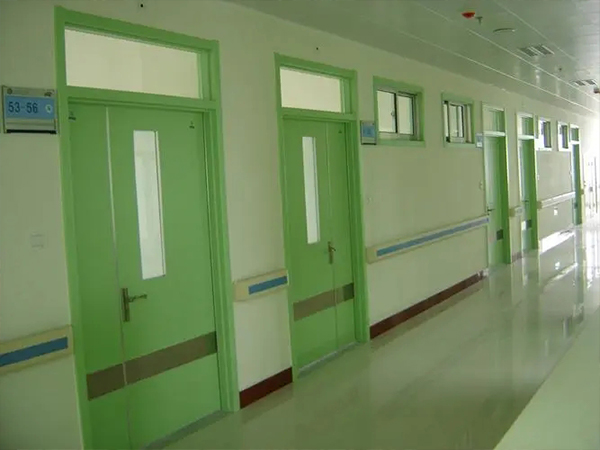
1、 Classification of medical doors
Medical doors can be classified into the following categories based on their materials and functions:
1. Stainless steel medical doors: These doors are characterized by corrosion resistance, wear resistance, easy cleaning, excellent sealing and protection, and are generally used in operating rooms, ICUs, CCUs and other departments of hospitals.
2. Aluminum alloy medical doors: These doors have the characteristics of fire prevention, sound insulation, dust prevention, and thermal insulation, and are generally used in clinical departments such as wards and outpatient departments.
2、 Installation position of medical door
The installation position of medical doors is very important, and the characteristics of doors required for different positions also vary greatly.
1. Operating room and ICU doors: Due to the high cleanliness and strict dust-free environment required by these two departments, stainless steel doors are used. In order to solve the problem of airtightness and protection, these doors are sealed with airtight strips between the body and the door frame.
2. Outpatient department door: Outpatient departments also require good airtightness and the ability to prevent fire, water, and dust. Therefore, the fireproof strips, waterproof strips, and sealing strips between the door body and the door frame are all very important.
3. Ward door: Ward doors also need to have functions of fire prevention, sound insulation, dust prevention, insulation, and sealing. The door body can be made of aluminum alloy or solid wood material, and different doors can be selected according to different needs.
3、 Key points for selecting medical doors
1. Performance requirements: When choosing a medical door, the main consideration is whether the door's performance requirements meet the required standards. For example, in terms of noise, fire prevention, waterproofing, sealing, dust prevention, etc., it is necessary to choose according to the actual situation.
2. Material of door: The material of medical doors needs to be selected according to different application environments, such as stainless steel, aluminum alloy, and solid wood.
3. Installation quality: The installation quality and location of medical doors are very important, and it is necessary to choose a professional medical door installation company for installation to ensure that the relevant performance requirements can be met.
4、 Maintenance and upkeep of medical doors
1. Daily maintenance of medical doors requires attention to the sealing between the door and the door frame, and timely repair of air and water leaks. Stains on the storefront can be cleaned with a mild detergent and a soft cloth.
2. Regularly inspect, maintain, and upkeep medical doors to ensure their performance is in good condition.
If the medical door malfunctions or is damaged, it needs to be repaired or replaced immediately to ensure that the function of the medical door is restored.
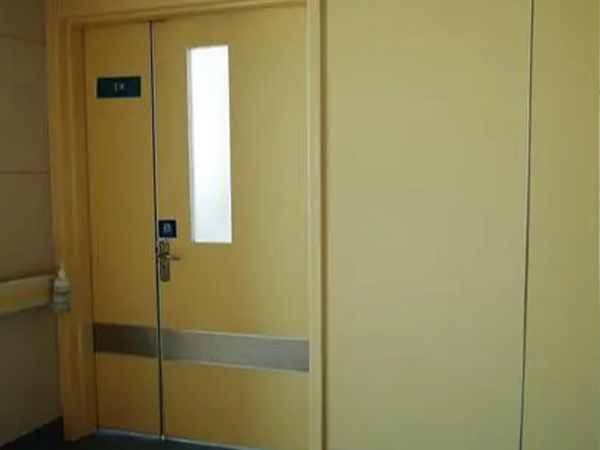
So medical doors are very important in the field of healthcare, and their selection and installation need to be based on actual needs. Meanwhile, medical doors also require regular maintenance and upkeep to ensure their proper performance. I believe that with the development of the healthcare industry, medical doors are increasingly becoming the first protective measure for medical institutions.
